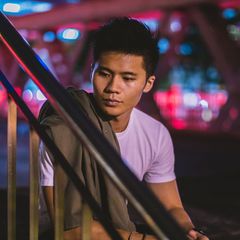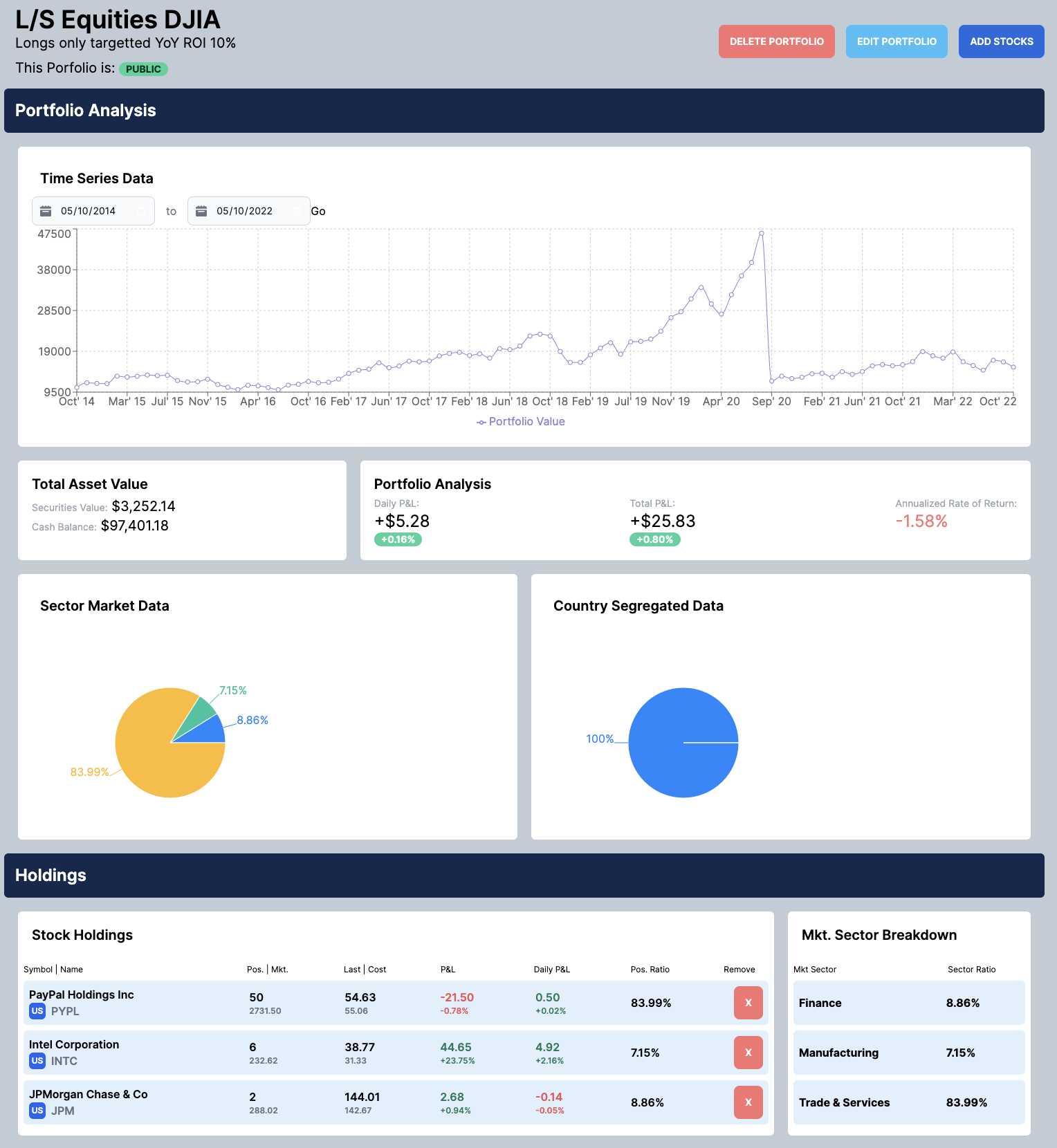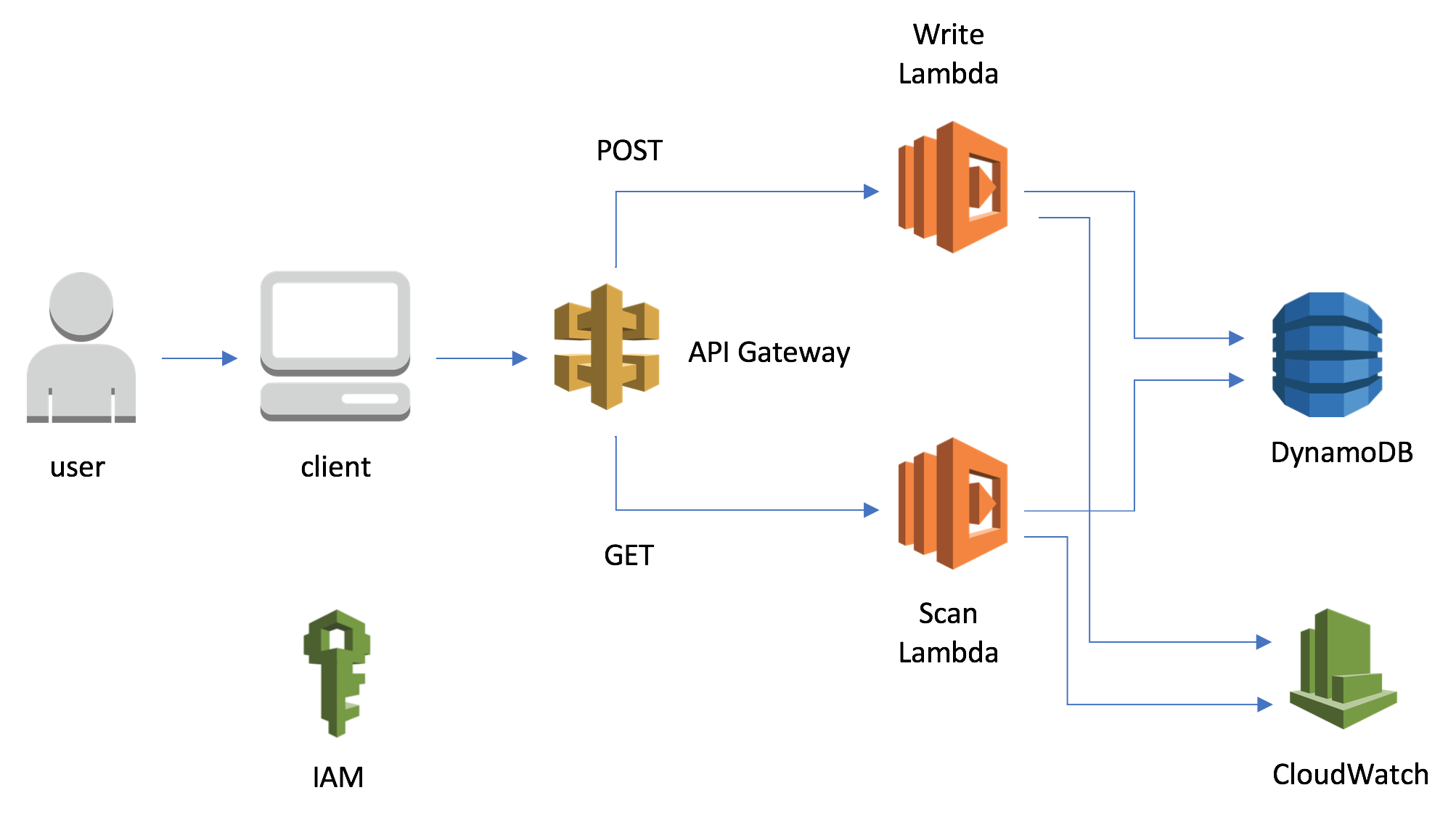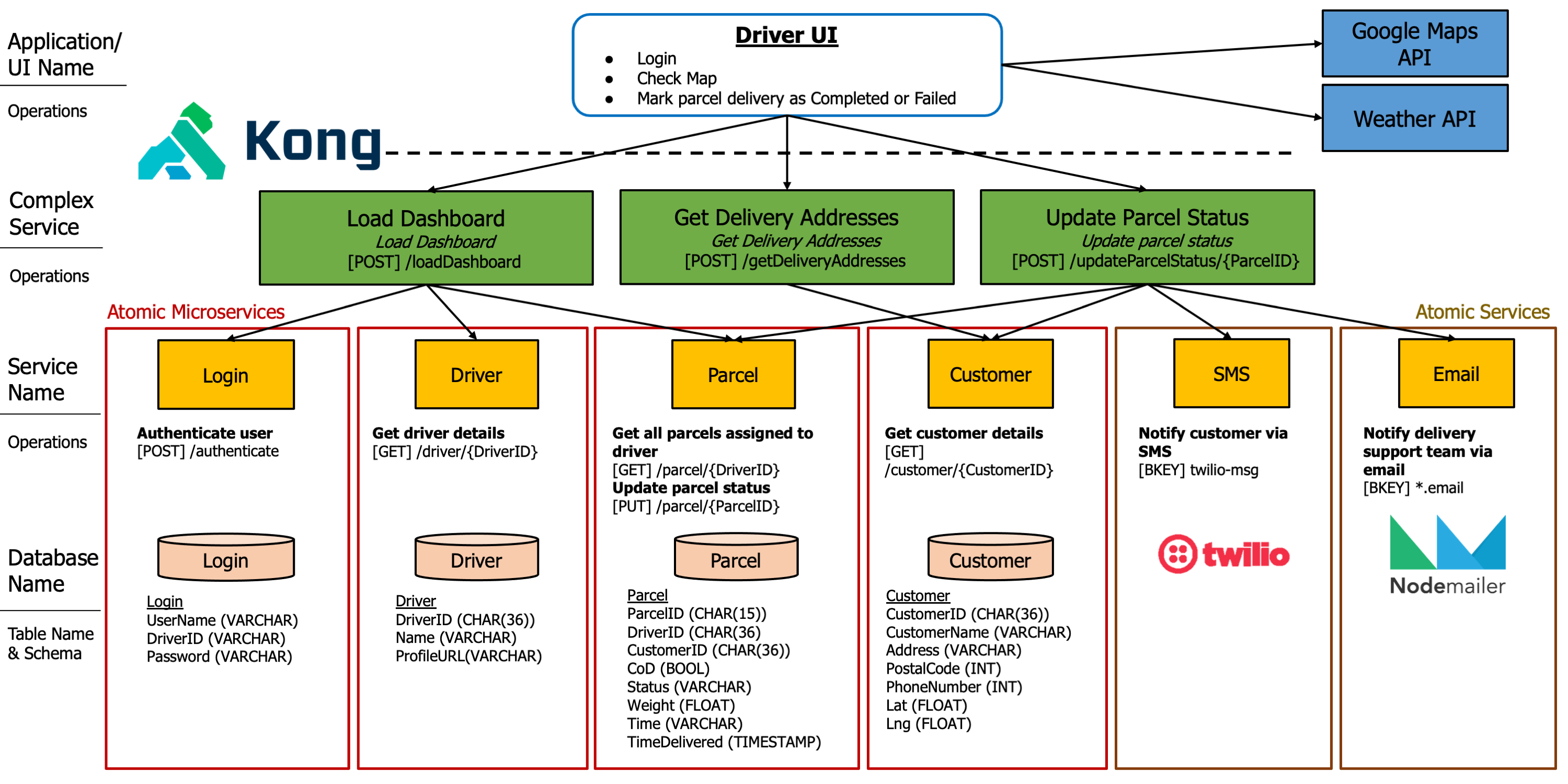Book review: Why We Dream: The Science, Creativity and Transformative Power of Dreams - Alice Robb
First book of the year completed. Didnt manage to finish my 2020 book goals and lagged behind by 2 books. Here is one of the books that were on the backlog.
Title: `Why We Dream: The Science, Creativity and Transformative Power of Dreams`
Reading Difficulty: `Medium`
Did I like it: `Mostly`Personal views
This book was pretty tough to digest. It contained a ton of research data, spanning decades of dream research. It opened my eyes to how in depth dream research can be, and the infinite positives which learning to control one’s dreams can bring. I enjoyed the book for the most part, even though it got boring along the way due to my inexperience with in-depth dream research.
The key takeaway for inducing lucidity is that one needs to constantly ask him/herself if one is in a dream. By mixing reality and dreams together, we blur the lines and hence, make it easier for us to realise that we are in the dream. The most common (LaBerge) method for lucidity is to sleep for 5 hours / 3-4 sleep cycles, wake up and then try to fall asleep again, while constantly reminding yourself that you are intending to reach lucidity.
By keeping a dream diary and constantly telling your subconscious mind (you must be convinced and really trying) to remember your dreams, one highly increase the likelihood of inducing lucidity.
Book summary
Alice Robb shares her experience documenting how dream research has been carried out, and sheds light on dream research as a legitimate upcoming field of study in the world. With great examples from dream pioneers like Robert Stickgold, Stephen LaBerge and even the Freudian era, she argues the benefits of knowing one’s dreams and how the inception of lucidity / lucid dreaming into our daily lives can help us in many ways. Most of the data shown were based off empirical studies and it seems certain to trust the credibility of the book.
There are however, quite a number of anecdotal data as well and that is something which has been troubling to dream research - in the respect that no one can ever determine if someone was lying about his/her dream or the accuracy of the factual recounts.
Concept summary
Only 1 in 262 people do not dream and dreams can be said to be a way of autoregulation (by our minds). Dreams can allow us to learn new skills fast, overcome our anxieties, give clues to potential / underlying illnesses and more. Sigmund Frued first proposed that dreams were all sexual in nature and this is where he and Jungians (Carl Jung) differed drastically. Jung saw dreams as the body’s way of attempting to communicate important things to the individual.
Dreams are mostly tested on mice and will continue to be done for the time being. Some advancements made from observing mice are that (1) you can change one’s memory through dreams, (2) when asleep, your brain can fire some cells the same way as if you were awake, as shown in the audio sounds made under the Matt Wilson experienet, and more.
Additionals
The latest developement would be that in 2013, neuroscientist Tomoyasu Horikawa managed to use an fMRI scanner to create an algorithm (derived from the data gathered by the fMRI scanns on the test subjects) which could (somewhat) accurately predict what some dreams were about. This could change how dreams are researched and bring light to a whole new field.



